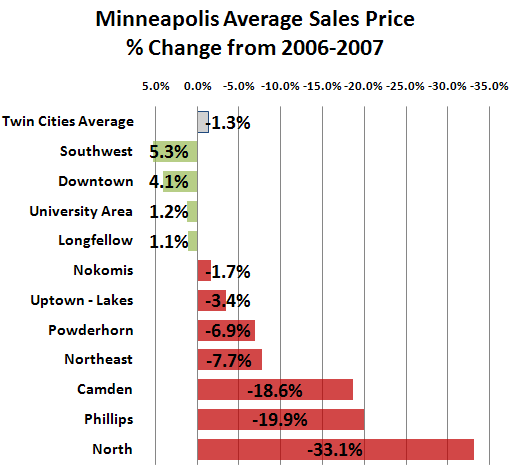Today I received a call from a reader that wanted to first and foremost commend me for my blog, but also had a couple questions to ask. It’s great to get calls or emails from readers (there’s a lot of you out there!) and I’m always happy to answer questions as well.
If you need something, do not hesitate to call or email me.

